Home>diy>Architecture & Design>How To Design A Whole House Water System


Architecture & Design
How To Design A Whole House Water System
Modified: December 7, 2023
Learn how to design a whole house water system with expert tips from our team of experienced architects and designers. Enhance your architecture-design skills and create efficient water systems for homes.
(Many of the links in this article redirect to a specific reviewed product. Your purchase of these products through affiliate links helps to generate commission for Storables.com, at no extra cost. Learn more)
Introduction
Welcome to the world of whole house water systems! If you’re looking to design a water system for your home that provides clean and filtered water throughout, you’ve come to the right place. In this article, we will guide you through the process of designing a whole house water system that meets your specific needs and ensures the highest quality of water for you and your family.
Having access to clean and safe water is essential for our well-being. However, the water that comes into our homes is often contaminated with various impurities such as sediments, chemicals, bacteria, and even traces of heavy metals. These impurities not only affect the taste and odor of the water but can also have negative impacts on our health in the long run.
A whole house water system is designed to address these concerns by providing comprehensive water filtration and treatment throughout your home. This means that every water source, from your kitchen faucet to your shower, will deliver clean and filtered water.
Designing a whole house water system involves several crucial steps, including assessing your water needs, evaluating your water source, understanding water treatment options, designing the system layout, selecting and sizing the necessary equipment, and finally, installing and maintaining the system. Let’s dive into each of these steps in more detail to help you create the perfect water system for your home.
Key Takeaways:
- Ensure clean and safe water throughout your home by assessing your water needs, understanding treatment options, and designing a well-sized and maintained whole house water system.
- Regularly test, maintain, and stay informed about your whole house water system to enjoy clean, filtered, and safe water for you and your family.
Determining Your Water Needs
Before designing your whole house water system, it’s important to assess your water needs. This involves understanding how much water your household consumes on a daily basis and identifying any specific concerns or requirements you might have.
Start by considering the size of your household and the average water usage patterns. Evaluate the number of bathrooms, kitchen appliances, and other water-consuming devices in your home. This will help you determine the flow rate and capacity requirements for your water system.
Next, think about any specific water concerns you may have. Do you experience hard water issues? Are there any noticeable odors or discoloration in your water? Are you concerned about specific contaminants, such as chlorine or lead? Identifying these concerns will help you choose the appropriate water treatment methods.
It’s also important to consider the future growth or changes in your household. If you anticipate an increase in water usage or plan any additions or renovations, factor in these considerations when determining your water needs.
Once you have a clear understanding of your water requirements, you can move on to the next step: assessing your water source.
Assessing Your Water Source
Assessing your water source is a crucial step in designing a whole house water system. Understanding the quality and characteristics of your water source will help you determine the appropriate water treatment methods and equipment needed to achieve clean and filtered water throughout your home.
Begin by gathering information about your water source. Is it a municipal water supply, a private well, or another source? If you’re connected to a municipal supply, find out if the water undergoes any treatment processes before reaching your home.
If you have a private well, it’s essential to have your water tested by a certified laboratory. This will provide detailed information about the presence of impurities, such as bacteria, chemicals, minerals, and other contaminants. Knowing the exact composition of your well water will help you tailor your water treatment system accordingly.
In addition to water testing, consider the source’s geographical location and surroundings. Are there any known industrial or agricultural activities nearby that could potentially impact the water quality? Understanding potential sources of contamination will enable you to choose the appropriate treatment methods.
Furthermore, assess the water pressure and flow rate from your water source. This information will be crucial in sizing and selecting the right equipment for your whole house water system.
By thoroughly assessing your water source, you’ll have a comprehensive understanding of the water quality and characteristics. This knowledge will guide you in choosing the most effective water treatment options for your specific needs.
Understanding Water Treatment Options
When it comes to designing a whole house water system, understanding the available water treatment options is essential. There are several methods and technologies that can be used to remove impurities and ensure the delivery of clean and safe water throughout your home.
Here are some common water treatment options to consider:
- Sediment Filtration: Sediment filters are designed to remove larger particles, such as sand, silt, and rust, from the water. These filters can be used as the first line of defense to protect the plumbing system and other water treatment equipment from clogging and damage.
- Activated Carbon Filtration: Activated carbon filters are highly effective in removing chlorine, volatile organic compounds (VOCs), and other chemicals that can affect the taste, odor, and overall quality of water. They also help to improve the clarity of the water.
- Reverse Osmosis: Reverse osmosis (RO) systems use a semi-permeable membrane to remove a wide range of contaminants, including bacteria, viruses, heavy metals, and dissolved solids. RO systems provide a high level of filtration and are ideal for households with specific concerns about water quality.
- Water Softening: Water softeners are used to remove hardness minerals, such as calcium and magnesium, from the water. They prevent scale buildup in plumbing fixtures and appliances and improve the efficiency and longevity of water-using devices.
- UV Disinfection: Ultraviolet (UV) disinfection systems use UV light to destroy bacteria, viruses, and other microorganisms in the water. UV treatment is a chemical-free method and provides an additional layer of protection against harmful pathogens.
It’s important to note that the selection of water treatment options will depend on your specific water needs and concerns. Conducting water testing and consulting with a water treatment professional can help you determine the most suitable methods and technologies for your whole house water system.
Consider the maintenance requirements, lifespan, and cost of each treatment option before making a decision. By understanding the available water treatment options, you’ll be able to design a comprehensive system that meets your water quality goals.
Designing the Water System Layout
Once you have determined your water needs and identified the appropriate treatment options, it’s time to design the layout of your whole house water system. This involves mapping out the flow of water through your home and positioning the various components of the system.
Start by identifying the main water entry point in your home. This is usually where the water line enters the building. From there, plan the distribution of water to different areas of your home, such as the kitchen, bathrooms, laundry room, and outdoor faucets.
Consider the best locations for installing the water treatment equipment. It’s important to place the equipment after the main water line enters your home but before any branch lines. This way, all the water entering your home will be treated and filtered.
Depending on the size of your home and the specific components of your water system, you may need to allocate proper space for the treatment equipment, such as sediment filters, carbon filters, water softeners, or reverse osmosis units. Ensure that there is enough space for installation, maintenance, and potential future upgrades.
It’s also important to plan for any additional equipment, such as storage tanks, pressure regulators, or pumps, if required. These components may be necessary to ensure consistent water pressure and supply throughout your home.
Consider the accessibility and ease of maintenance when designing the layout. Ensure that there is sufficient clearance and access to all the components for routine maintenance, filter changes, and repairs.
While designing the water system layout, it is recommended to consult with a plumber or a professional specializing in water system design. They can provide valuable insights and ensure that the layout is optimized for efficiency and functionality.
By carefully designing the water system layout, you can ensure that water flows smoothly through your home and that all the necessary treatment equipment is strategically positioned to deliver clean and filtered water to every faucet.
When designing a whole house water system, consider the water quality in your area and choose a filtration system that can effectively remove contaminants such as sediment, chlorine, and heavy metals.
Selecting and Sizing Water Treatment Equipment
Once you have designed the layout of your whole house water system, it’s time to select and size the appropriate water treatment equipment. The selection of equipment will depend on factors such as your water needs, the quality of your water source, and the treatment options you have chosen.
Here are some key considerations for selecting and sizing water treatment equipment:
- Flow Rate: Determine the maximum flow rate required in your home based on the number of fixtures and appliances that may be used simultaneously. Ensure that the selected equipment can handle the flow rate to avoid any compromises in water pressure.
- Capacity: Consider the daily water consumption in your household to determine the capacity of the treatment equipment. This will ensure that the system can meet your water demands without frequent regeneration or maintenance.
- Water Quality: Take into account the specific impurities you want to target or remove from your water. Look for treatment equipment that is designed to address those concerns effectively.
- System Compatibility: Ensure that the selected equipment is compatible with the layout and design of your whole house water system. Consider factors such as space availability, connection points, and any additional components required for proper functioning.
- Energy Efficiency: Look for water treatment equipment that is energy-efficient to minimize operational costs. Energy Star certified products can be a good option as they meet strict efficiency standards.
- Warranty and Maintenance: Review the warranty terms and the maintenance requirements of the equipment. Opt for products with a reliable warranty and consider the ease of maintenance and availability of replacement parts.
It’s important to consult with a water treatment professional or a plumber to assist you in selecting the right equipment. They can provide expert guidance and ensure that the equipment is properly sized and meets your specific water treatment needs.
Remember, the quality and efficiency of your whole house water system depend on the selection and sizing of the treatment equipment. Take the time to research and choose reliable and reputable brands that offer high-performance and durable products.
Installing the Water System Components
Once you have selected and sized the water treatment equipment for your whole house water system, it’s time to proceed with the installation process. Proper installation is crucial to ensure the efficient functioning of the system and to maintain the integrity of your plumbing system.
Here are some key steps to follow when installing the water system components:
- Prepare the Space: Clear the designated area where you plan to install the equipment. Ensure that the space is clean, dry, and well-ventilated. Follow the manufacturer’s instructions for any specific requirements regarding clearance and spacing.
- Shut off the Water: Before starting the installation, shut off the main water supply to your home. This will prevent water from flowing while you connect and install the components.
- Install the Pre-filters and Sediment Filters: If you have pre-filters or sediment filters, install them first. Follow the manufacturer’s instructions for proper installation, ensuring the direction of flow is correct.
- Connect the Main Treatment Equipment: Install the main treatment equipment, such as carbon filters, water softeners, or reverse osmosis systems. Connect them according to the manufacturer’s guidelines. Pay attention to the flow direction, plumbing connections, and any necessary fittings or adapters.
- Plumbing Connections: Connect the water system components to the main water line, using appropriate plumbing connections and fittings. Use PTFE tape or pipe joint compound to ensure leak-free connections.
- Electrical Connections: If any of the equipment requires electrical connections, follow the safety guidelines and local electrical codes. Consult a licensed electrician if needed.
- Flush the System: Once the installation is complete, flush the system to remove any debris or air pockets. Open all the faucets in your home one by one until the water flows smoothly and without any sputtering.
- Check for Leaks: Inspect all the connections and joints for any signs of leaks. Tighten or adjust as needed to ensure a watertight seal.
It is recommended to hire a professional plumber or a technician experienced in water system installation if you’re not familiar with plumbing work. They can ensure proper installation and provide guidance on any specific requirements for your system.
By carefully following the installation steps and ensuring all connections are secure, you can have confidence in the performance and longevity of your whole house water system.
Testing and Maintaining the Water System
After installing your whole house water system, it’s important to regularly test and maintain the system to ensure its optimal performance and to prolong its lifespan. Routine testing and maintenance will help you identify any issues or changes in water quality and address them promptly.
Here are some key steps for testing and maintaining your water system:
- Water Testing: Periodically test your water to ensure that the treatment system is effectively removing contaminants and providing clean water. You can send samples to a certified laboratory or use home water testing kits. Test for parameters such as pH, chlorine levels, total dissolved solids (TDS), and any specific contaminants of concern.
- Filter Replacement: Follow the manufacturer’s recommendations for replacing filters, membranes, or other consumable parts of your water treatment equipment. Regular filter replacements will maintain the efficiency of the system and prevent any buildup of contaminants.
- System Cleaning: Clean your system periodically to remove any sediment or scale buildup. Refer to the manufacturer’s instructions for the recommended cleaning procedures and use appropriate cleaning agents. This is especially important for water softeners and reverse osmosis systems.
- Inspect and Maintain Plumbing: Routinely check the plumbing connections and fittings for any signs of leaks, corrosion, or damage. Repair or replace any damaged components promptly to prevent water loss or potential contamination.
- Check Pressure and Flow: Monitor the water pressure and flow rate within your home. Drastic changes in pressure or flow could indicate issues with the system that need to be addressed. Consult a professional if you notice any significant changes or fluctuations.
- Annual Service: Consider scheduling an annual service by a qualified professional. They can inspect the entire water system, perform any necessary maintenance, and ensure that the system is functioning optimally.
- Stay Informed: Keep yourself updated on any advancements or changes in water treatment technologies and regulations. This will help you make informed decisions about upgrading or adjusting your system in the future.
Remember to maintain records of all testing results, maintenance activities, and any repairs or upgrades made to your water system. This documentation will help you track the system’s performance over time and assist professionals if you require technical support.
By regularly testing and maintaining your whole house water system, you can ensure that you and your family continue to enjoy clean and filtered water throughout your home for years to come.
Conclusion
Designing a whole house water system is a crucial step towards ensuring clean and filtered water for your home. By following the steps outlined in this article, you can create a comprehensive water system that meets your specific needs and provides you and your family with safe and healthy water on a daily basis.
Start by determining your water needs and assessing your water source to understand the impurities and contaminants present in your water. With this information, you can then select the appropriate water treatment options and equipment to address these concerns.
Carefully design the layout of your water system, taking into consideration the flow of water and the placement of the treatment equipment. Ensure that the system is properly sized to meet your household’s water demands and flow rates.
During the installation process, follow the manufacturer’s guidelines and consider seeking professional assistance to ensure proper and efficient installation. Once the system is installed, regularly test and maintain it to ensure optimal performance and longevity.
Remember to test your water periodically to confirm the effectiveness of your treatment system, replace filters as recommended, and clean any necessary components to prevent buildup and maintain water quality. Stay vigilant in monitoring the pressure and flow rates within your home, and address any issues promptly.
Lastly, stay informed about advancements in water treatment technologies and stay proactive in adapting your system to comply with any new regulations or guidelines that may arise.
With a well-designed and maintained whole house water system, you can have peace of mind knowing that the water flowing throughout your home is clean, filtered, and safe for you and your family to enjoy.
Frequently Asked Questions about How To Design A Whole House Water System
Was this page helpful?
At Storables.com, we guarantee accurate and reliable information. Our content, validated by Expert Board Contributors, is crafted following stringent Editorial Policies. We're committed to providing you with well-researched, expert-backed insights for all your informational needs.

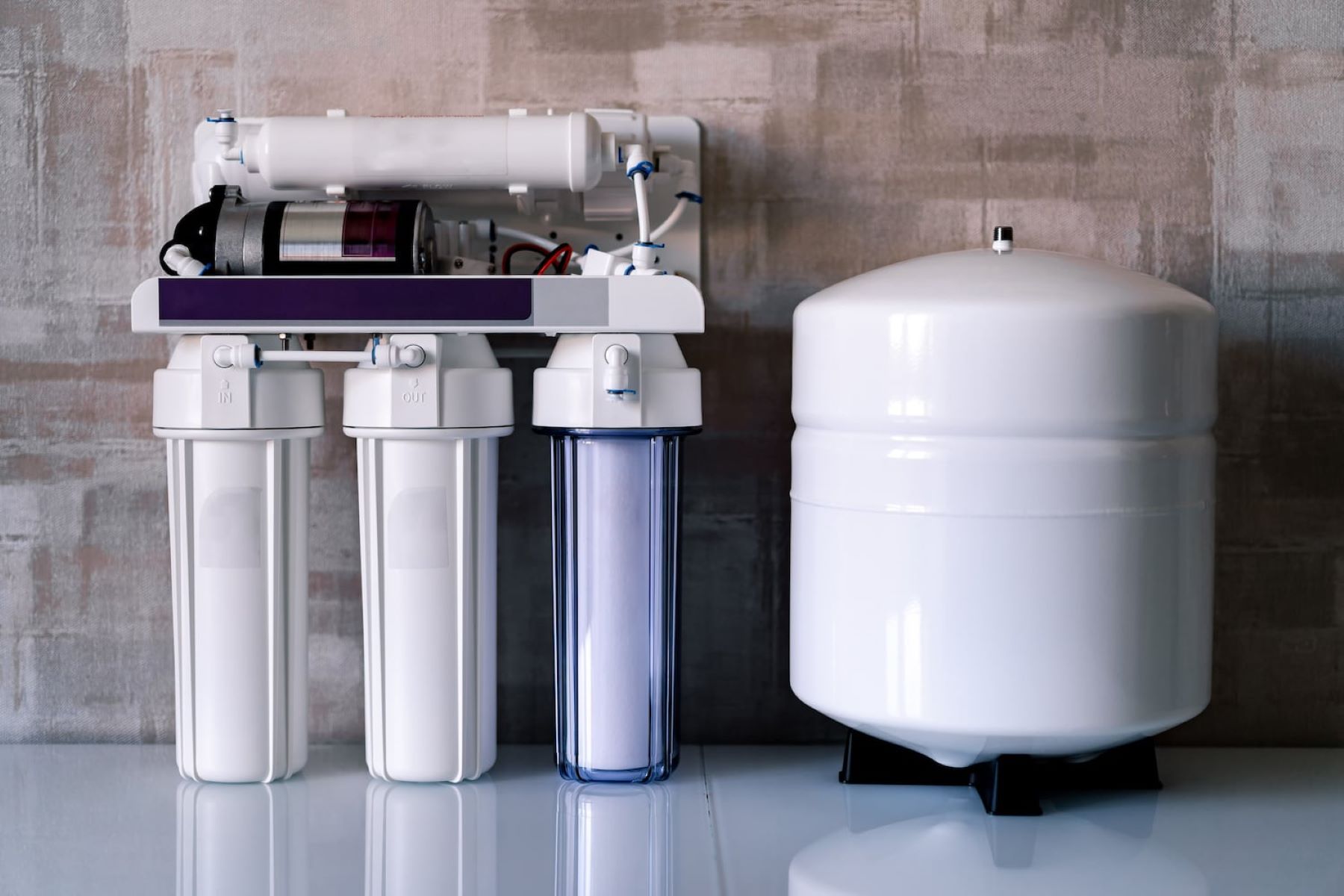
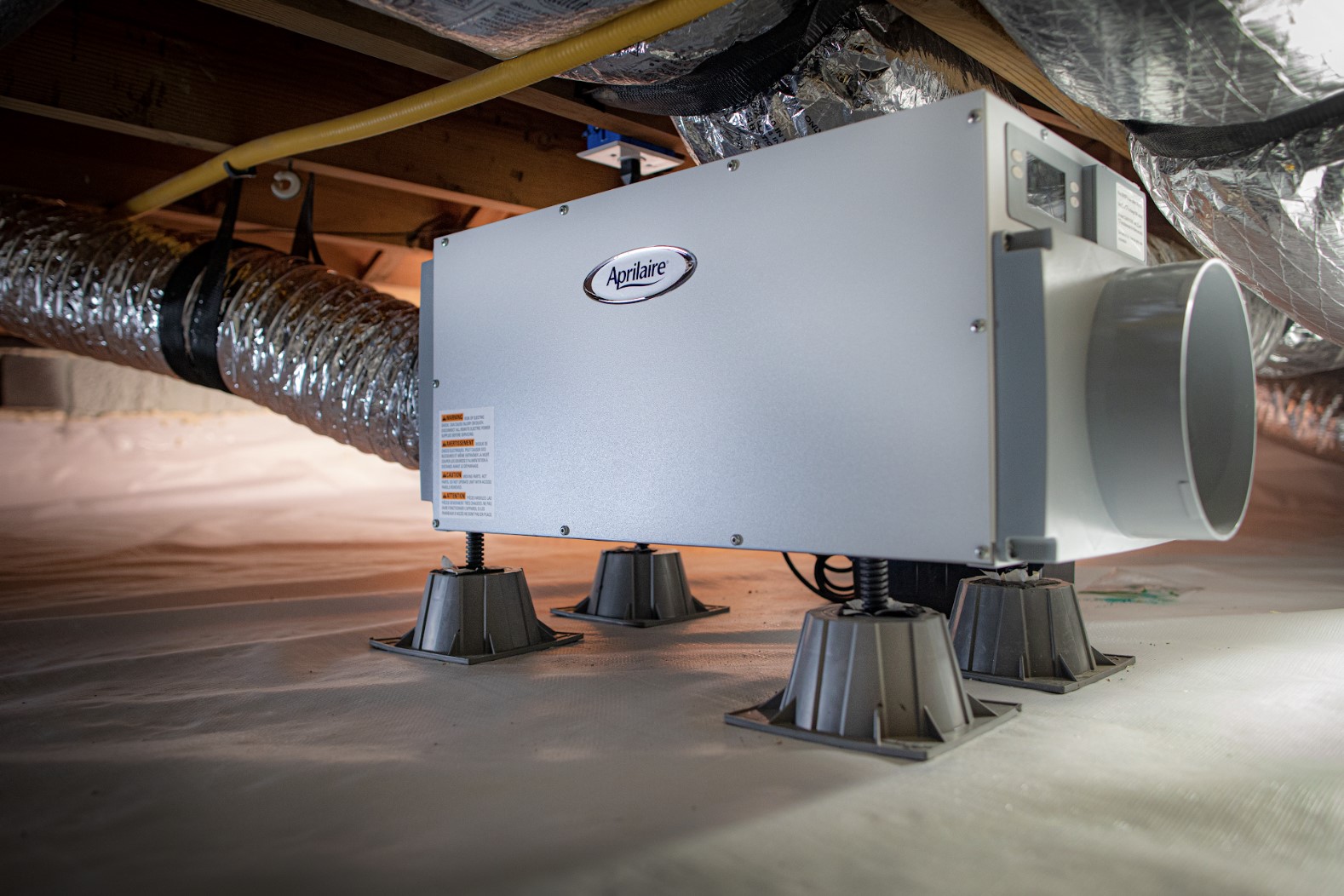

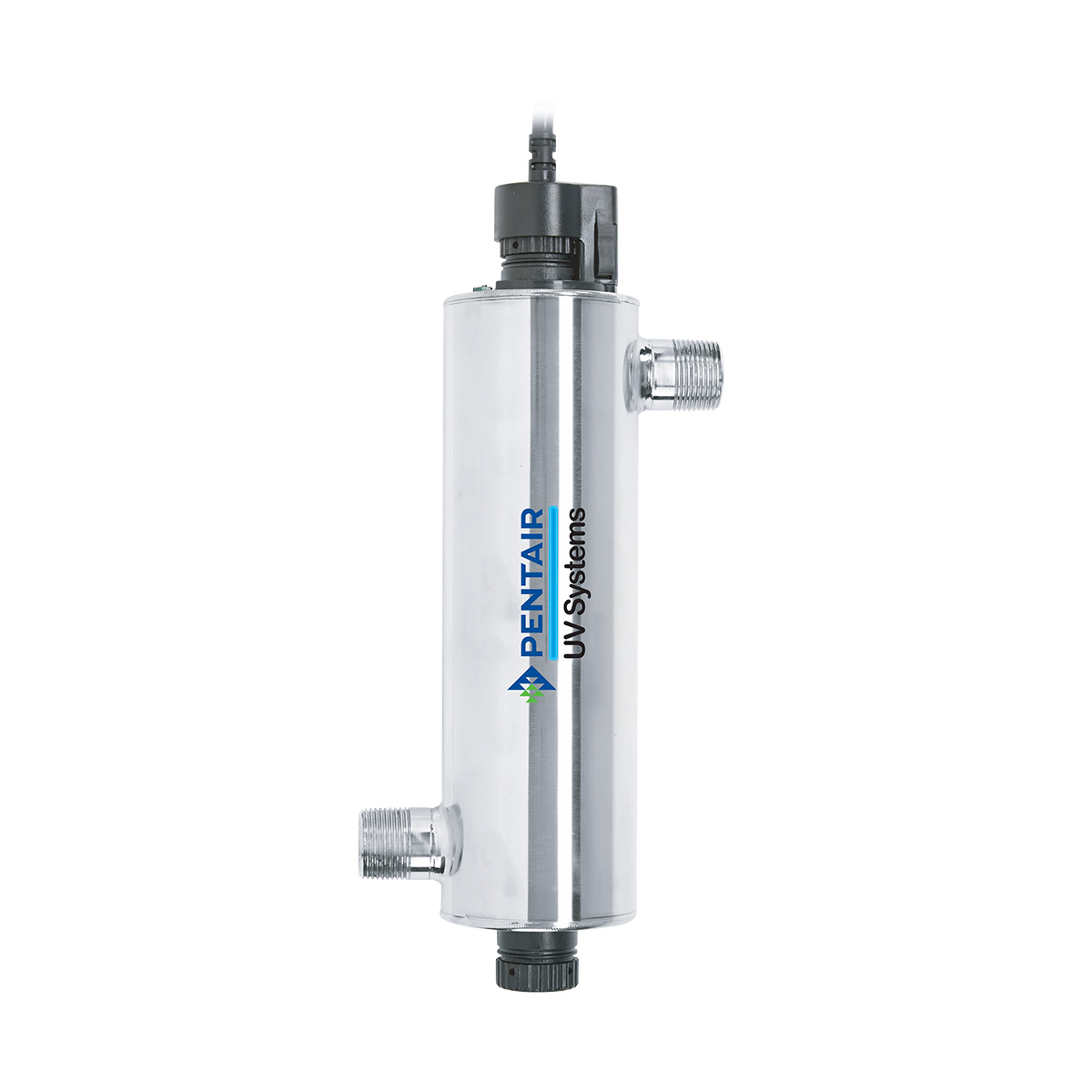
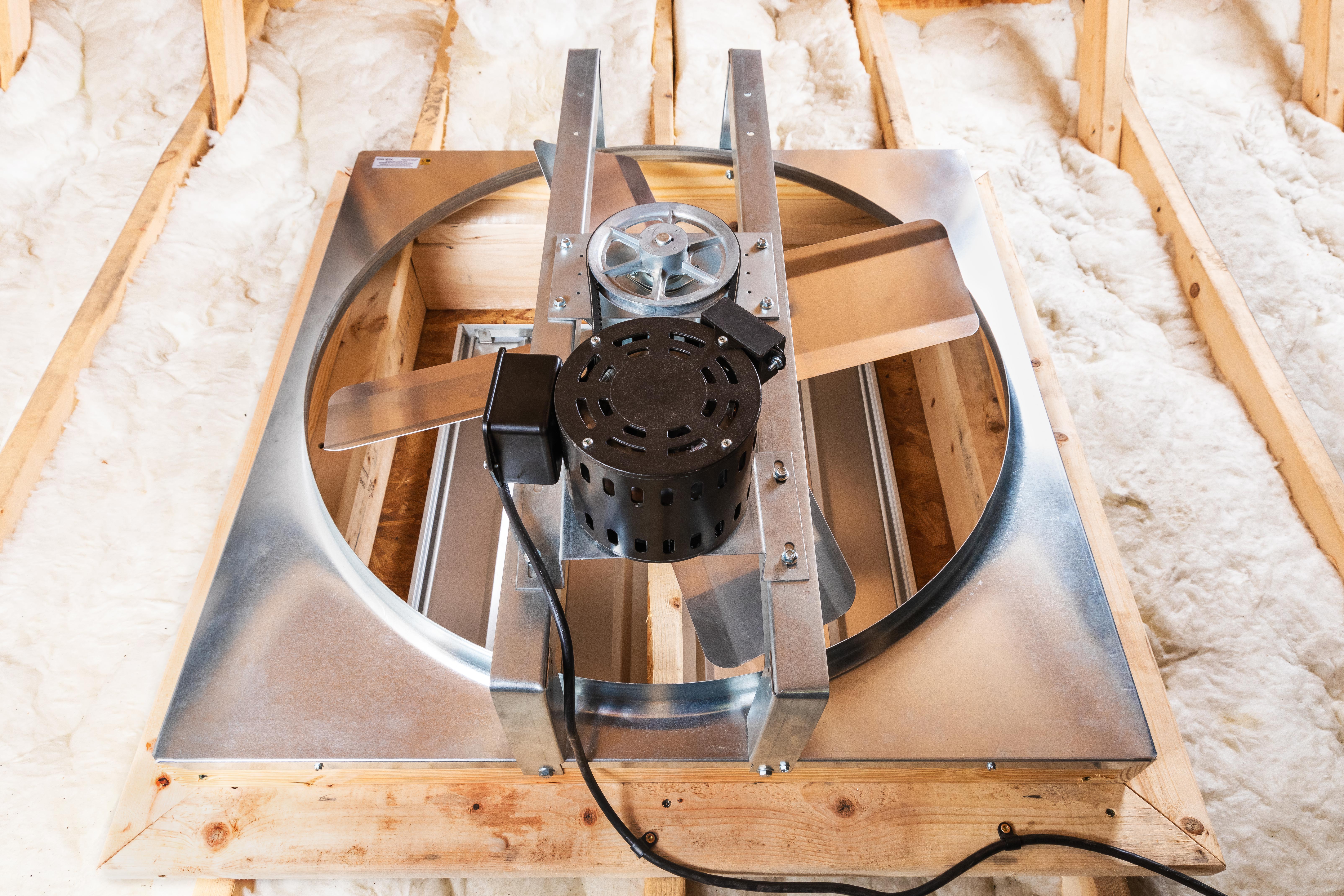
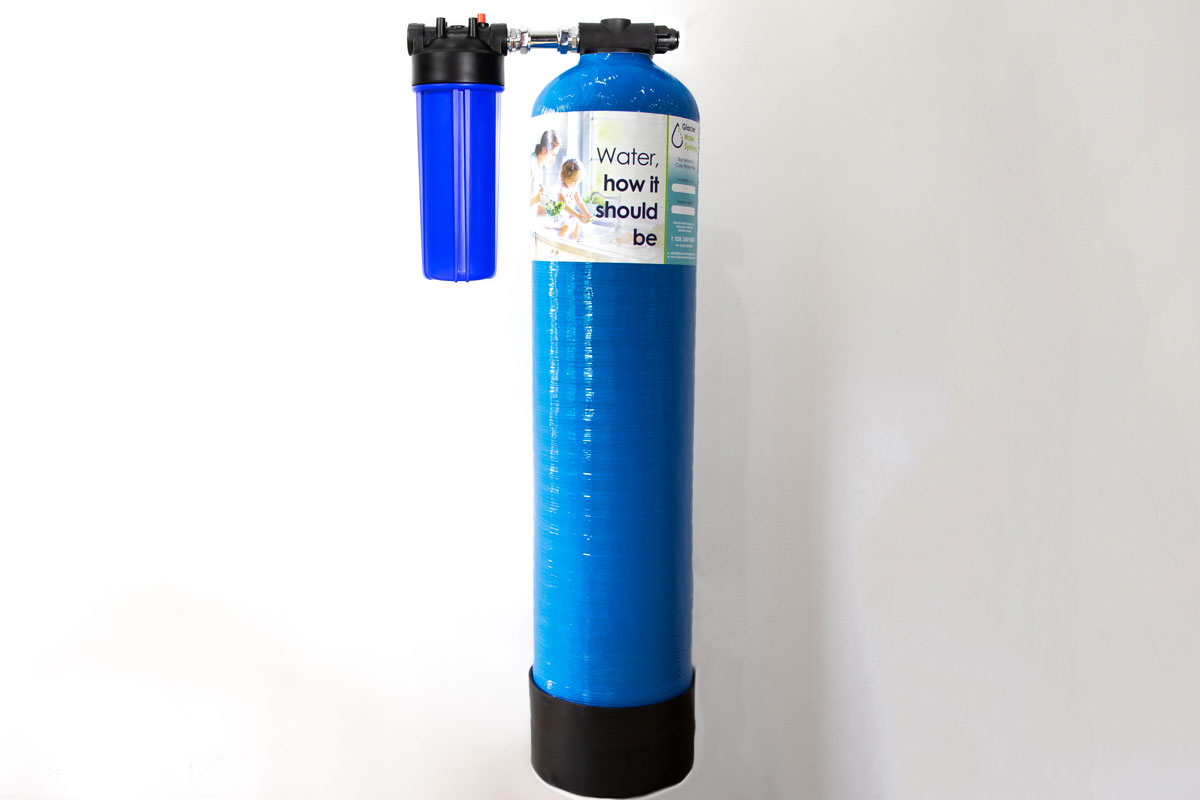
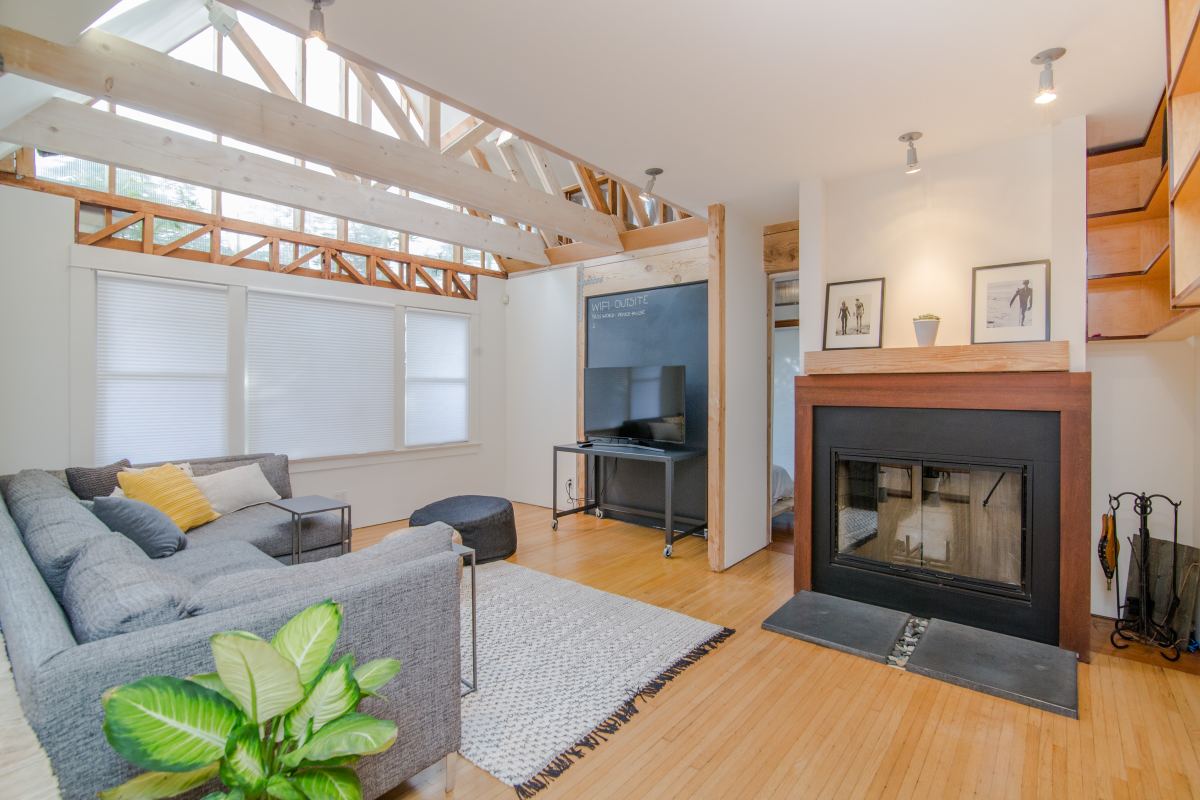

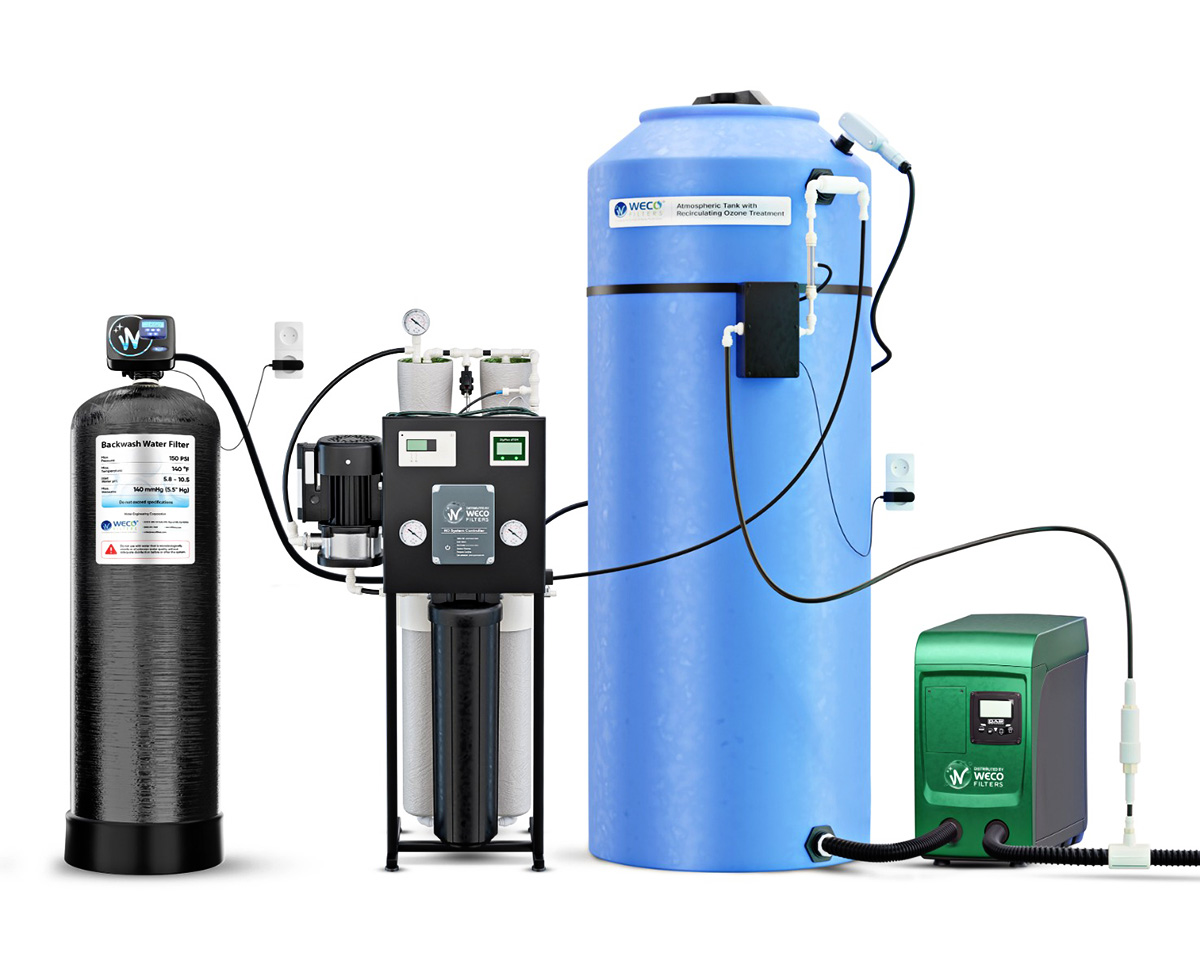
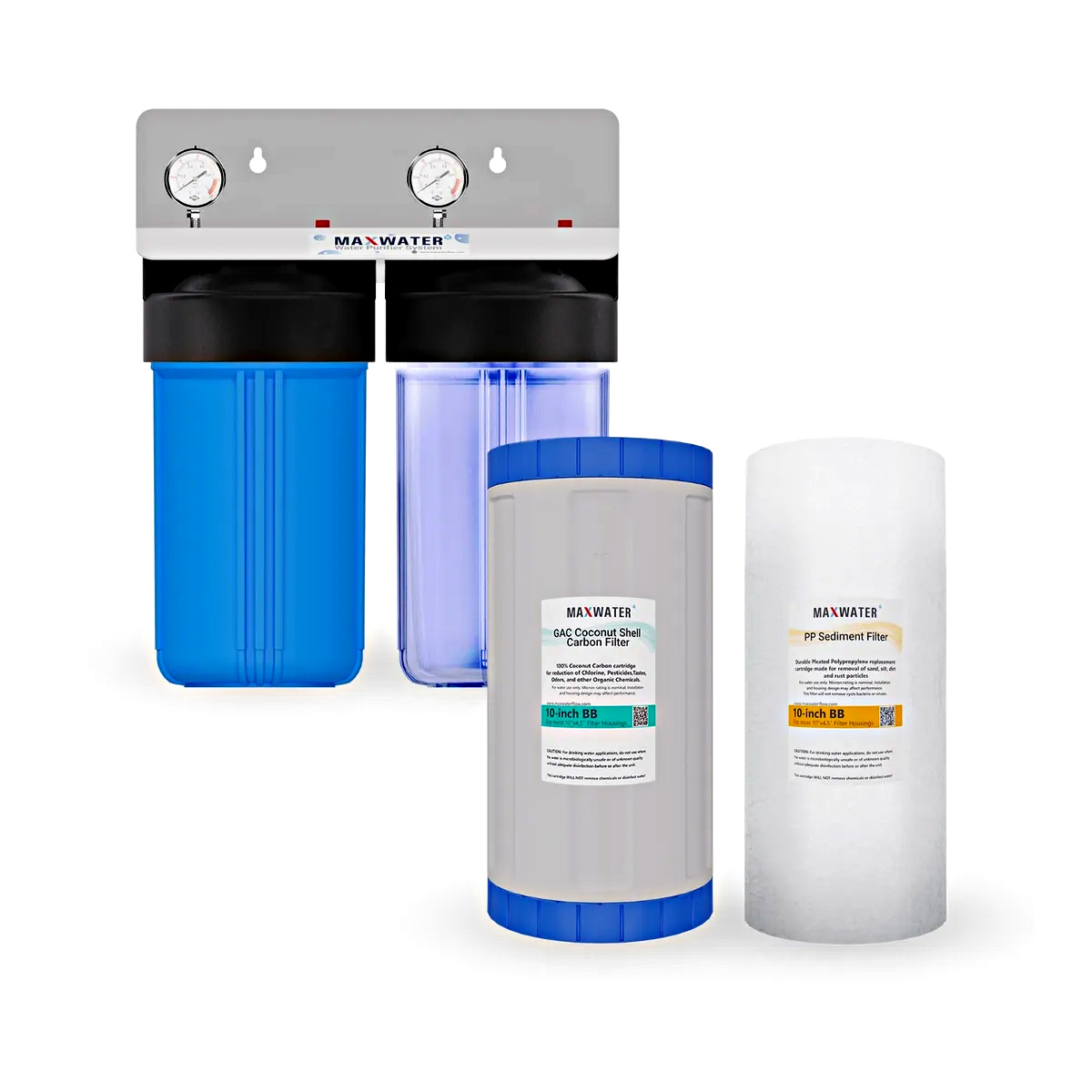
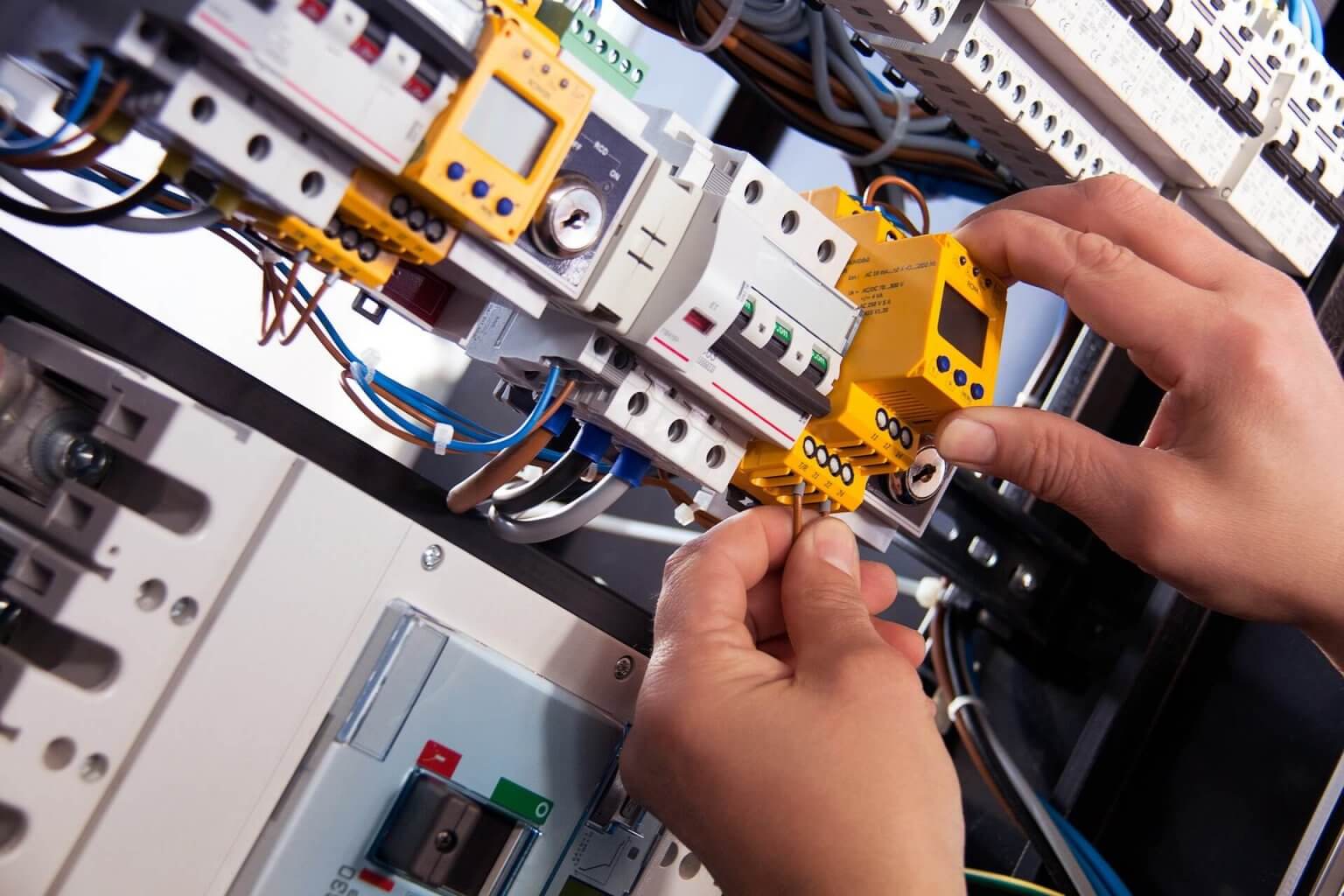
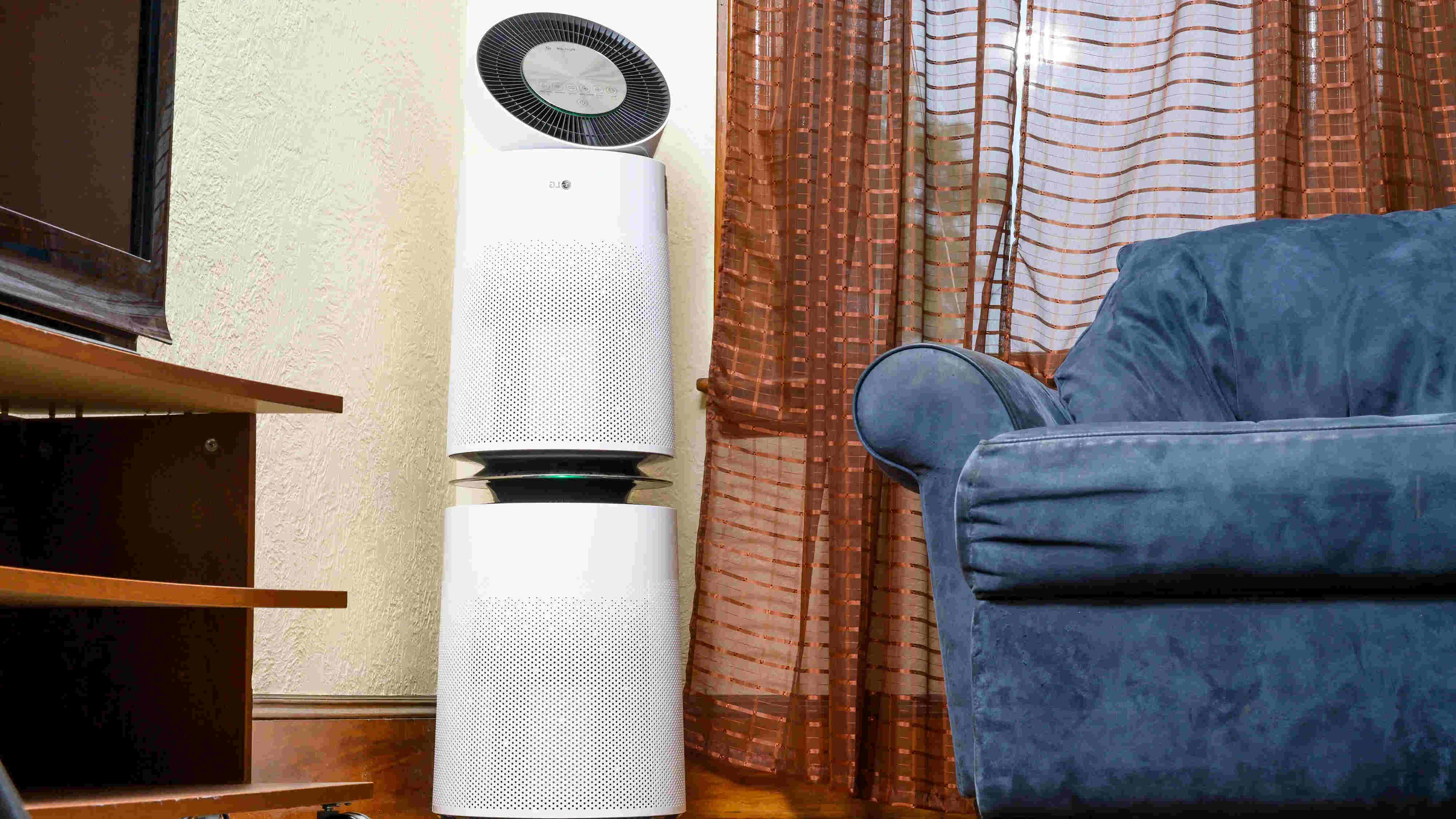


0 thoughts on “How To Design A Whole House Water System”